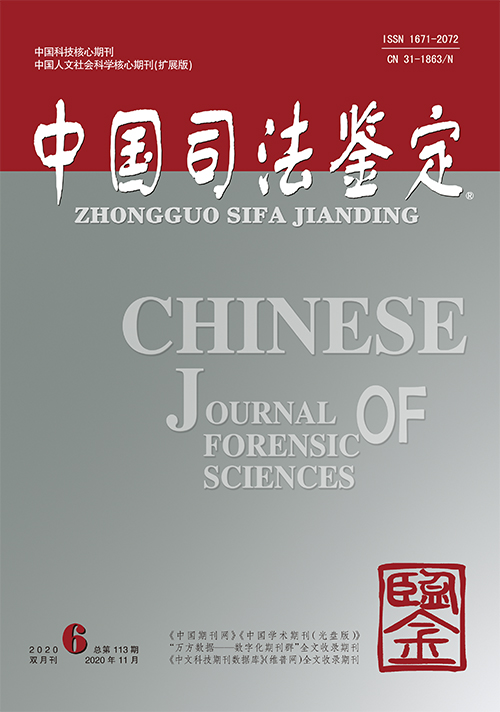|
|
Legislation of Forensic Appraisal in China: Model Selection, Basic Standpoint and System Structure
GUO Hua
2022(6):
1-8.
DOI: 10.3969/j.issn.1671-2072.2022.06.001
The legislation of forensic appraisal in China is facing a difficult choice, whether to revise the Decision of the Standing Committee of the NPC Regarding Administration Issue of Forensic Appraisal (referred to as the Decision hereinafter) or to formulate a special law on forensic appraisal. If a special law on forensic appraisal is to be formulated, whether to adopt a Forensic Appraisal Management Law or a Forensic Appraisal Law. Actually, there are different standpoints and proposals on these issues, both in the theoretical community and in the practical sector. As a legal document for the reform of the forensic appraisal system, the Decision has encountered a new situation. Due to its existing gaps and deficiencies, the Decision needs to be improved. The issue of forensic appraisal not only involves administrative management and litigation, but also has an inherent and inextricable link with law enforcement, supervision, arbitration, mediation, etc. In the face of the needs of forensic appraisal in multi-field and the limitations of the Decision, forensic legislation should adhere to an open attitude and stance, and formulate a more systematic Forensic Appraisal Law. The formulation of the Forensic Appraisal Law should adhere to the principle of a unified forensic management system, maintain coordination with other laws and legal activities on the basis of the Decision, and absorb the relatively mature experience of local regulations and the practice of foreign legislation. In addition, it is necessary to maintain the unity of scientificity and legality, and clarify the public welfare nature of forensic appraisal and the nature and position of forensic appraisal institutions in terms of structure and content. Only by constructing a new mechanism for connecting “law and law” for forensic appraisal management, implementation and use, can the legislation of forensic appraisal be consistent with policy guidance, the process of rule of law and the pace of reform, and give full play to its guaranteed function as assisting case handling or law enforcement organs in discovering the truth.
Related Articles |
Metrics
|

